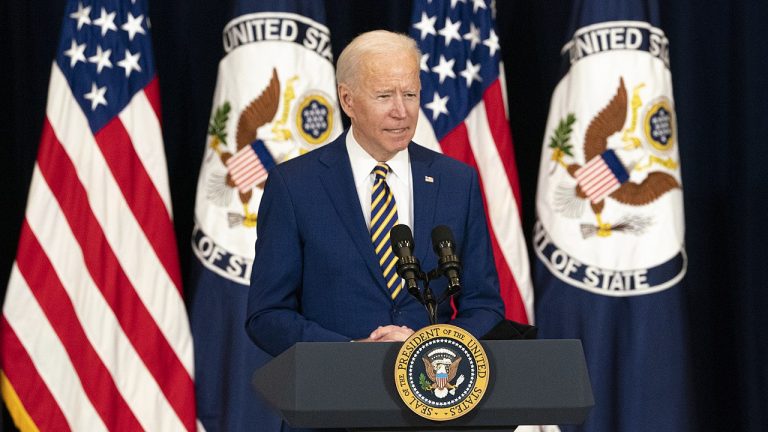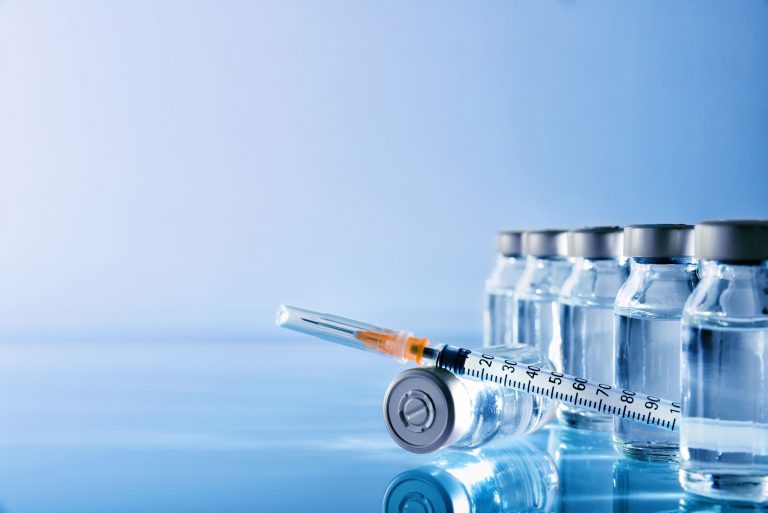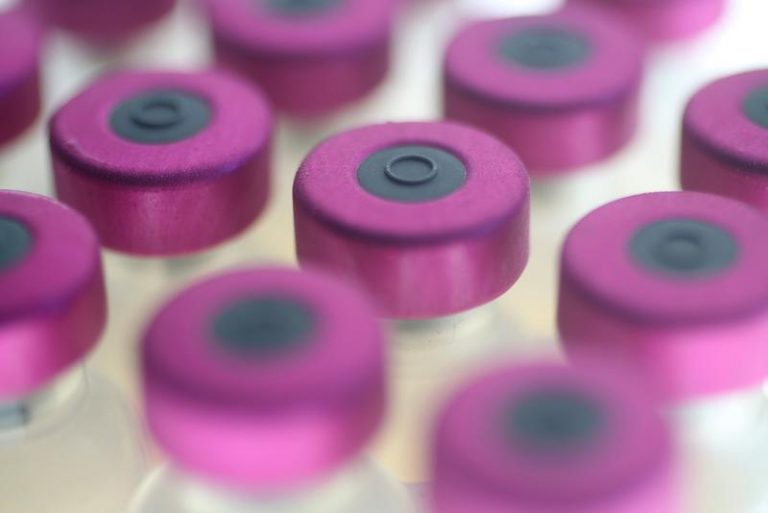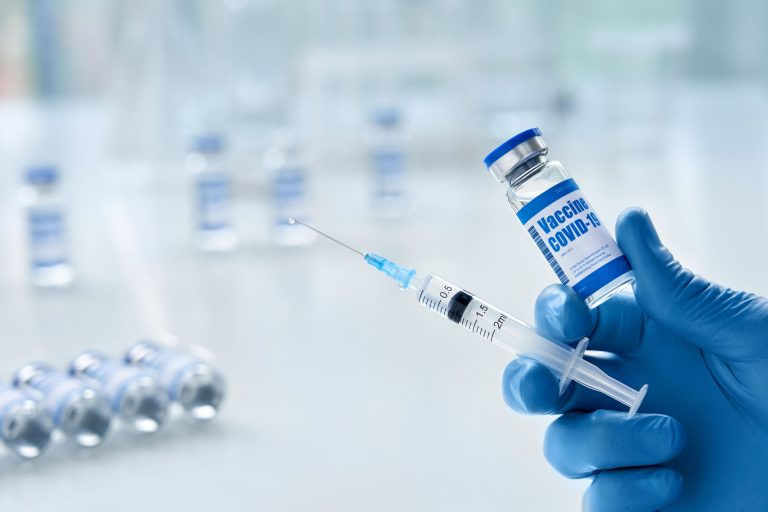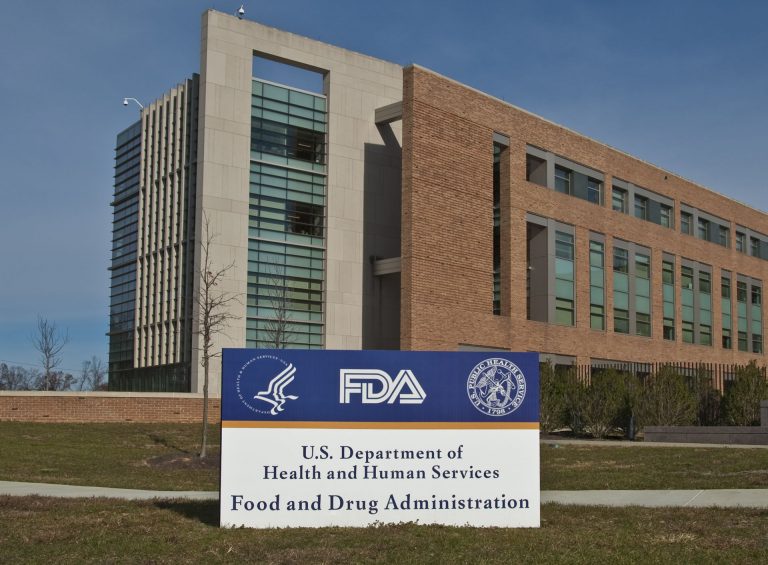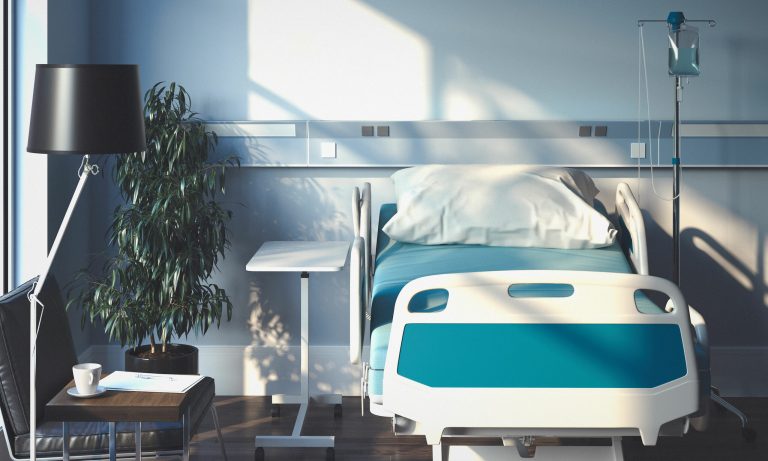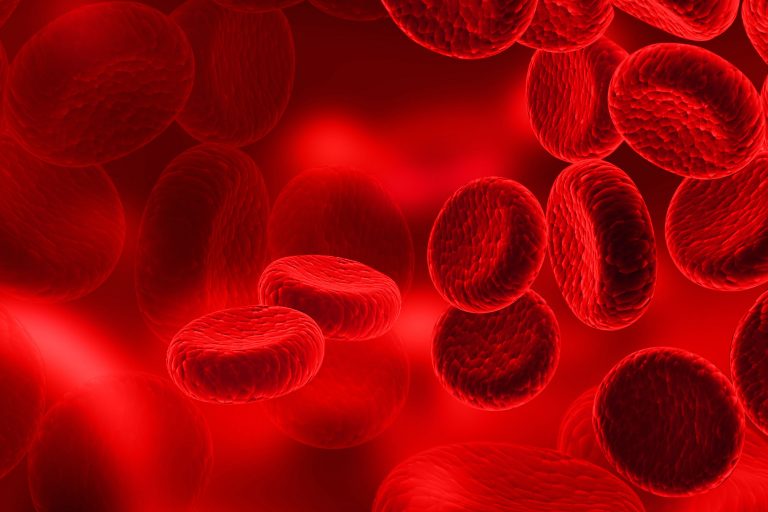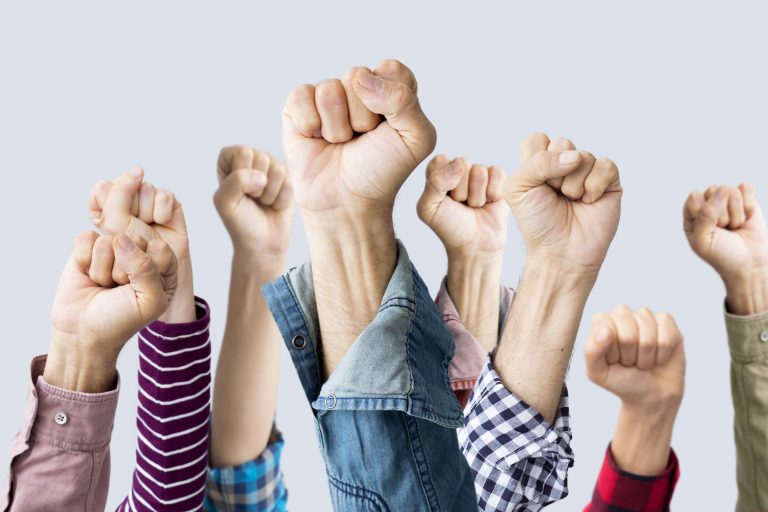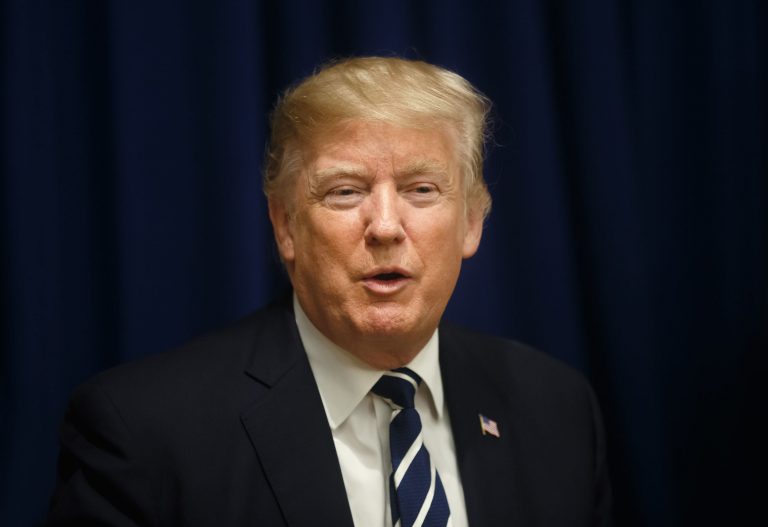President Biden seems comfortable using the executive branch’s power to push his agenda. As of February 2, 2021 (less than two weeks after taking office), he has signed 25 executive orders on issues ranging from environmental policy, racial equality, Covid-19 relief, and reinstating elements of the Affordable Care Act.
While passing an unprecedented amount of executive orders in record time, President Biden also placed a moratorium on all regulations enacted by the Trump administration set to go into effect this year. While freezing laws passed under previous administrations is common, preventing a regulation designed to provide less expensive life-saving drugs has generated widespread criticism.
